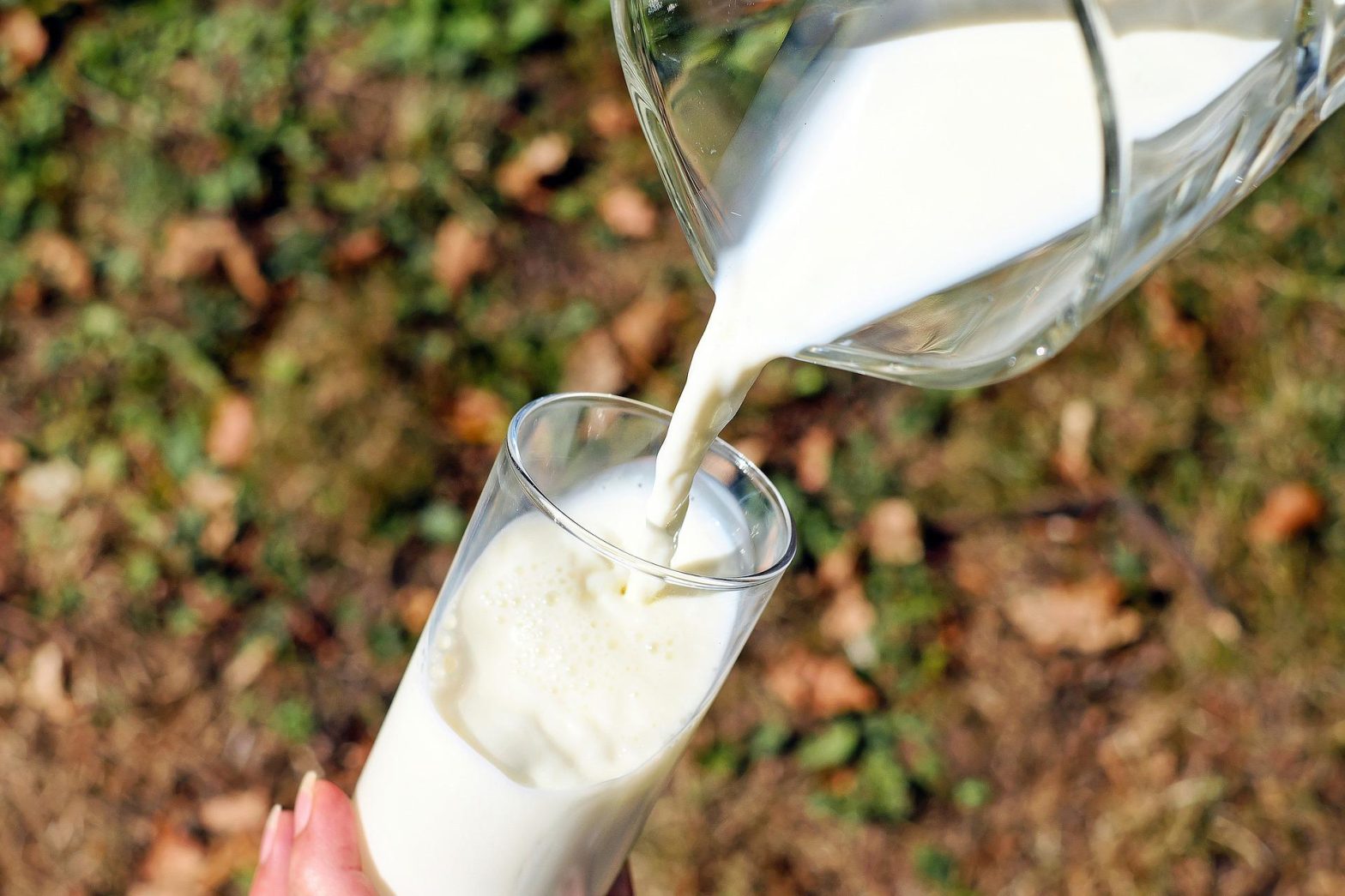Famine and Exposure to Infectious Diseases Explain Human Ability to Consume Milk

An article published on July 27 in Nature offers new insights into milk consumption and the evolution of lactose tolerance.
The study finds that famine and exposure to infectious diseases explain our ability to consume milk and other dairy products.
To conduct the study, scientists from the University of Bristol, University College London and collaborators from 20 other countries mapped the prehistoric patterns of milk use over 9,000 years in Europe.
They did this by assembling a database of the presence or absence of the lactase persistence genetic variant using published ancient DNA sequences from more than 1,700 prehistoric European and Asian individuals.
The findings show that almost all adults 5,000 years ago would face problems if they drank too much milk, as lactose is a unique sugar that if not digested correctly can travel to the large intestine and cause cramps, diarrhea and lactose intolerance.
Today, only about two-thirds of adults in the world suffer from lactose intolerance.
The study finds that as populations and settlement sizes grew, and as famine conditions, disease and malnutrition rates increased, that the population prevalence of lactase persistence was pushed up.
Researchers believe that as crops failed prehistoric people would have been more likely to consume unfermented, high-lactose milk, and those who did not carry a copy of the lactase persistence gene variant would have been more likely to die before or during their reproductive years.
This means the lactase persistence gene variant was pushed to high frequency by some sort of turbocharged natural selection, according to researchers of the study.
Alexa can be reached at [email protected]























